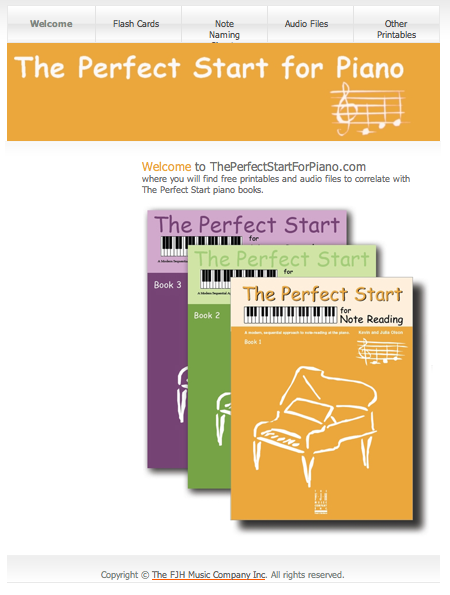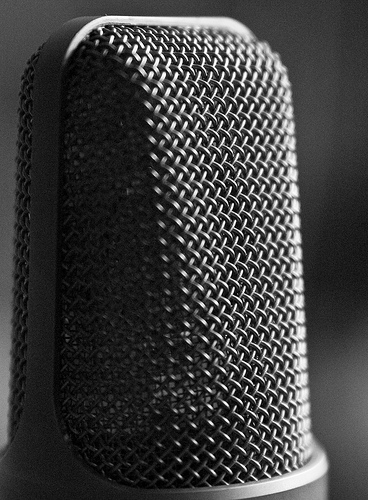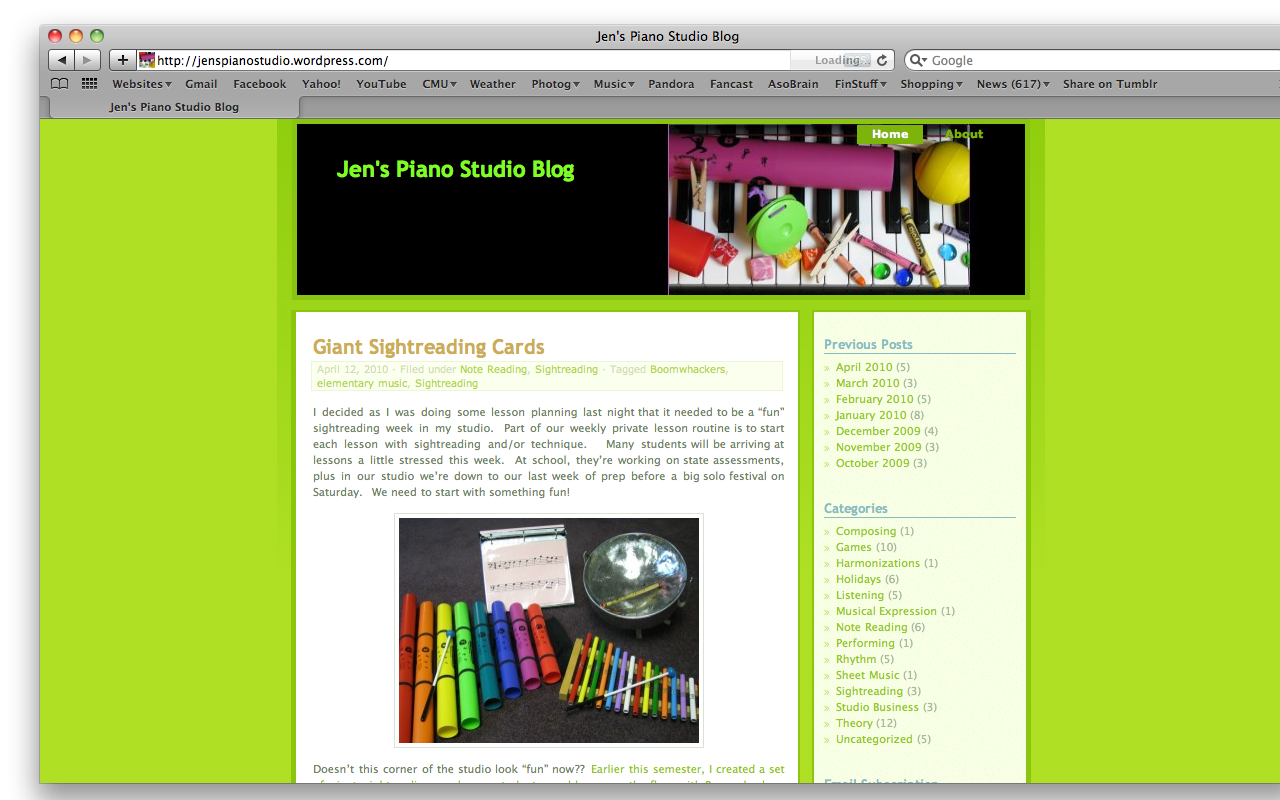Check out this announcement at the ComposeCreate.com blog: Wendy Stevens has written a new adult piano book entitled: Returning to the Piano: A Refresher Book for Adults. I often have a hard time deciding what adult method to use with my adult students. Especially when they aren’t true beginners and have had previous experience with piano, I don’t like putting them through overly method-y books! In addition, many adult students want to learn pieces with tunes that are familiar to them. This book looks like it may be a good alternative for those types of situations, or simply as a supplement to an adult method.
Here is the description from the Hal Leonard site:
I just ordered a copy from SheetMusicPlus.com and I can’t wait for it to arrive so I can try out all the arrangements myself! =)





 Just added: a new free, printable worksheet called:
Just added: a new free, printable worksheet called: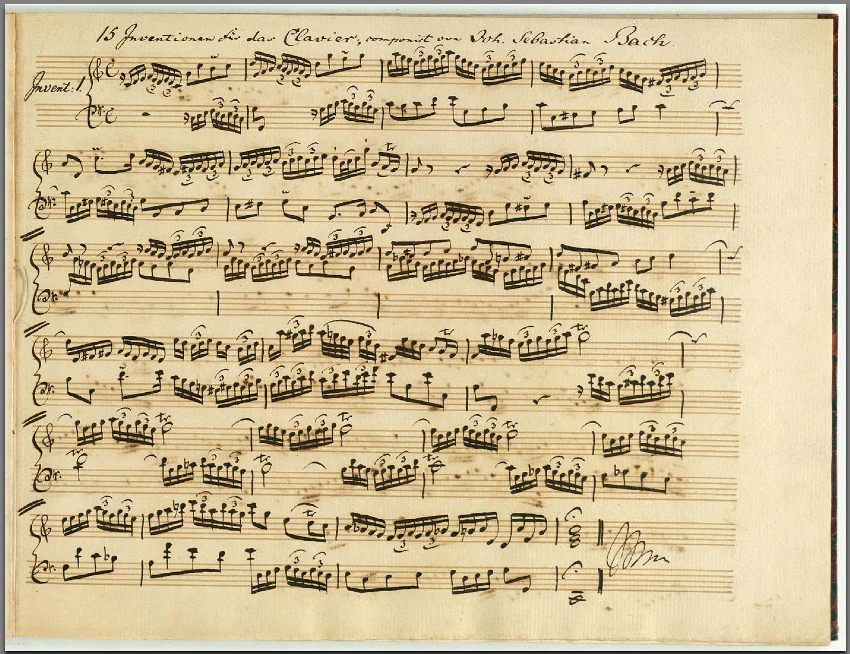
 I just discovered these manuscript copies of Bach’s 2-part inventions over at the
I just discovered these manuscript copies of Bach’s 2-part inventions over at the 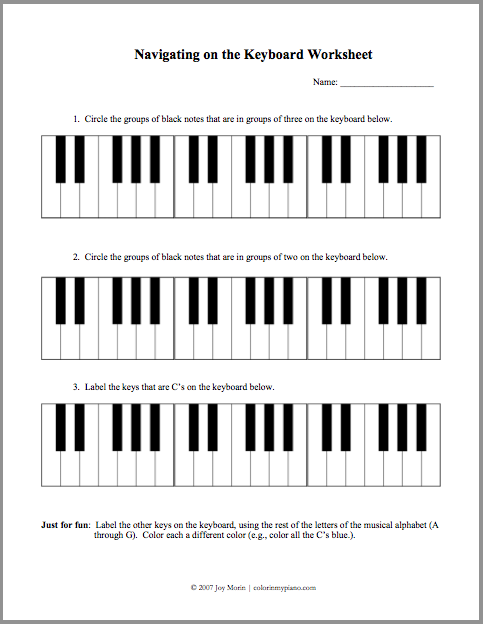
 A new free worksheet has just been added to the Printables page: Navigating at the Keyboard.
A new free worksheet has just been added to the Printables page: Navigating at the Keyboard. 